Home > Auctions > 5 - 9 March 2024: Ancient Art, Antiquities,
Natural History & Coins
Auction Highlights:
Found UK prior to 2000.
From the important private collection of dice and gaming pieces of Colin Narbeth, London, collection no.61.
Accompanied by a copy of the relevant Celtic & Roman Artefacts book pages where this object is published.
Cf. Spasić Durić, D., Град Виминацијум-The city of Viminacium, (in Serbian), Pozarevac, 2015, fig.166, for similar.
Mills, Nigel, Celtic & Roman Artefacts, Witham, 2000, p.113, item no.RB356.
The conventional Roman dice were made in bone or lead, with dots representing numbers from 1 to 6. Roman dice from the Romano-British settlements are often poorly made and often had opposite sides that do not add up to 7.
From a collection acquired on the UK art market from various auction houses and collections mostly before 2000.
From an important Cambridgeshire estate; thence by descent.
Acquired on the European art market, 1980s.
English private collection.
See The Getty Museum, inv.no.83.AQ.377.113, for the type in Bussière, J., Lindros Wohl, B., Ancient Lamps in the J. Paul Getty Museum, Malibu, 2017, nos.236,238, pp.159-160, type Loeschcke IV; Bailey B group IV.
The period of activity of several well-known workshops—L M A D I E C , L M V N S V C , E R O T I S , G A B M E R C , and L M S V —is late Flavian to Trajanic, possibly Hadrianic.Based on this, we will not refer to the broader and too approximate dating given by Bailey to his group IV: Claudian to Trajanic.
Ex Abelita family collection.
From an old UK collection.
Ex London, UK, gallery, 2000s.
Accompanied by a previous catalogue information card.
Acquired in the 19th century.
Ex Jeger collection, Switzerland.
Cf. Hakanen, V., 'VI Wall Plaster Fragments' in Berg, R., Kuivalainen, I., Domus Pompeiana M. Lucretii, IX,3, 5.24, The inscriptions, Works of Art and Finds from the Old and New Excavations, Vantaa, 2019, pp.196-224, figs.3-4.
These small fragments, for analogies with the fragments of Pompeii, seems to belong to the second style of Roman painting, red panels representing highlight and shadow, decorated with vegetal interlaces. Some panels were probably framed by a red grenade fillet. A fragment shows alternate blue and red colour over a cream background, maybe pertinent to a socle.
Acquired before 2000.
From the collection of a European gentleman living in the UK.
Cf. The Metropolitan Museum, New York, accession numbers 98.11.34; 89.4.2429 and 89.4.1614, for similar.
The Romans used bells in ritual and secular contexts, when they could be suspended from the necks of animals, worn for talismanic protection or as anklets by servants.
Acquired 1980-2015.
Ex Abelita family collection.
Acquired in the 1980s.
From a North West London collection.
UK art market, acquired prior to 1980.
Property of a Scottish collector, acquired in 2013.
Ex property of an Austrian private collector since the 1970s.
Acquired on the London art market in the late 1980s-1990s.
From the family collection of an East London, UK, gentleman.
Cf. Chadour, A.B., Rings. The Alice and Louis Koch Collection, volume I, Leeds, 1994, item 221, for type.
Acquired before 2000.
From the collection of a European gentleman living in the UK.
Cf. Chadour, A.B., Rings. The Alice and Louis Koch Collection, volume I, Leeds, 1994, item 137, for type.
505 - 516 of 2726 LOTS

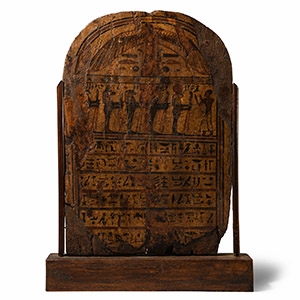
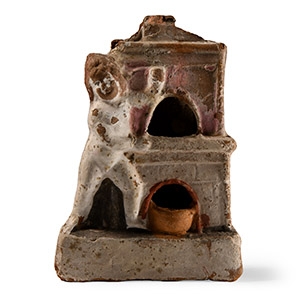

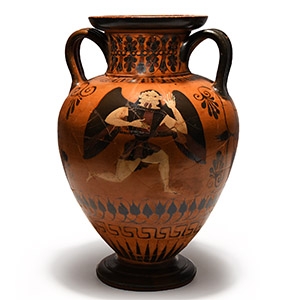
.jpg)
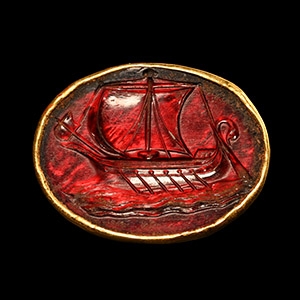
.jpg)

.jpg)

.jpg)
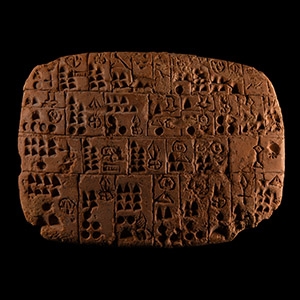

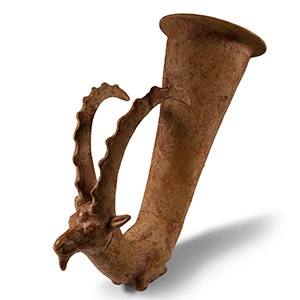
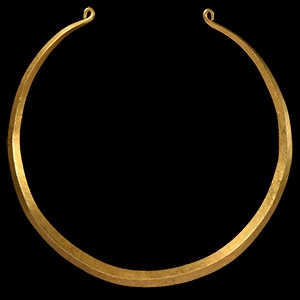
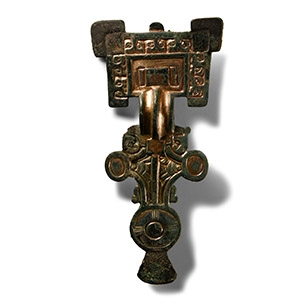
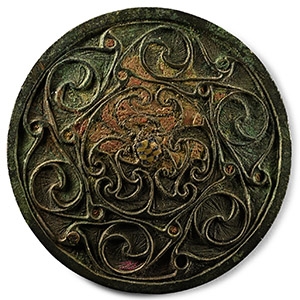

.jpg)
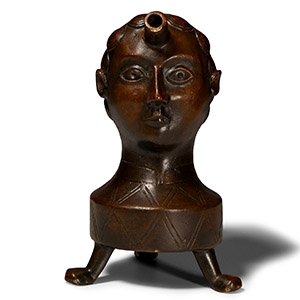
.jpg)

.jpg)
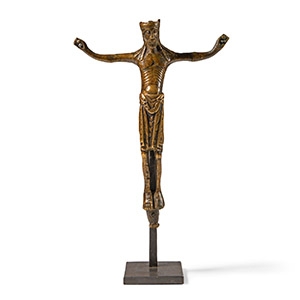

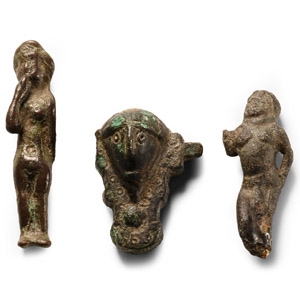
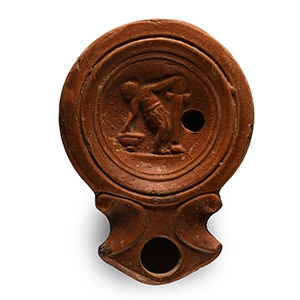
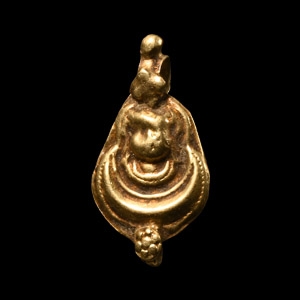

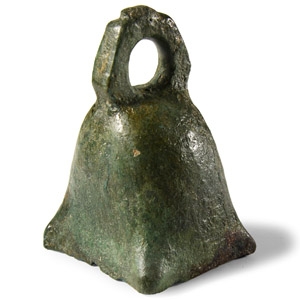
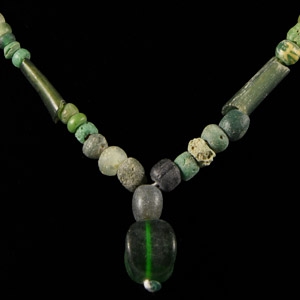
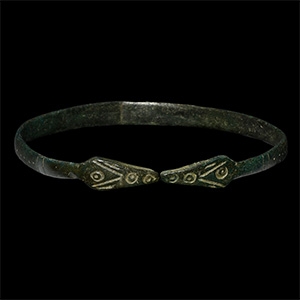
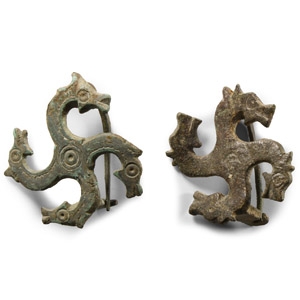
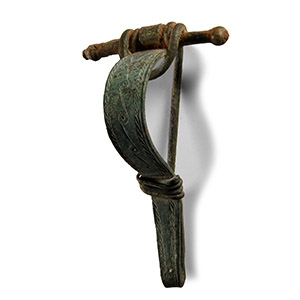

.jpg)



